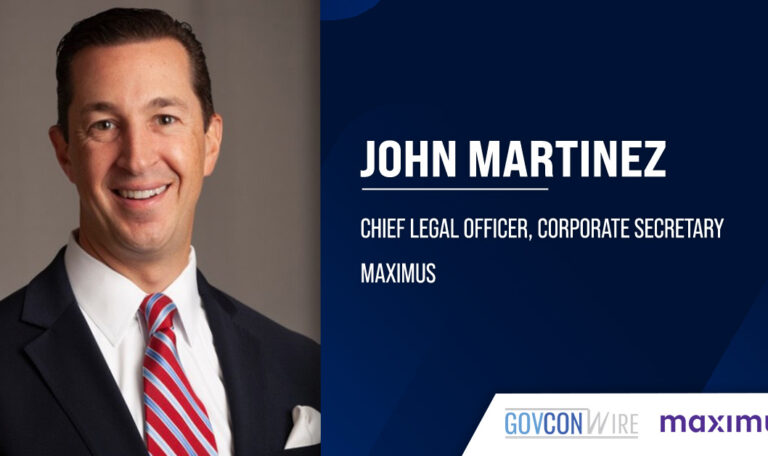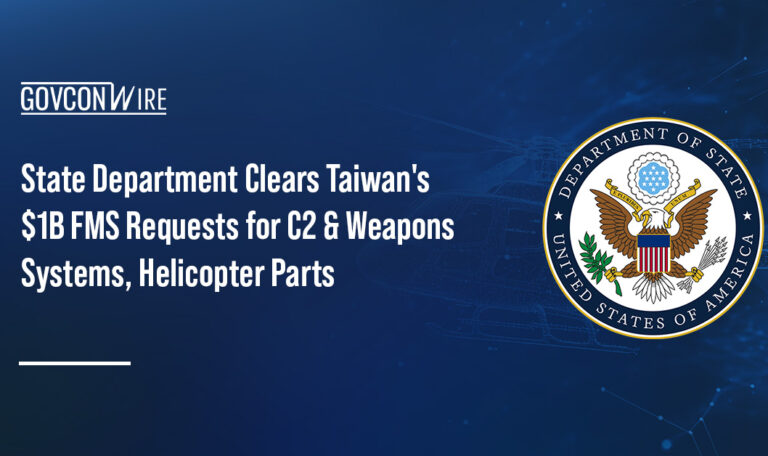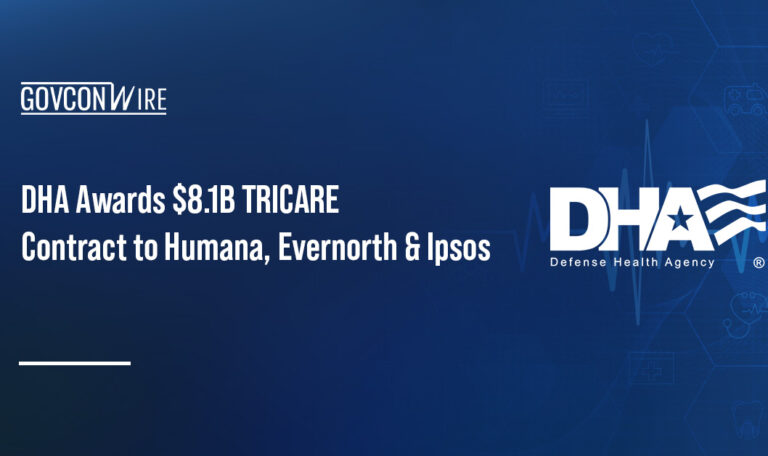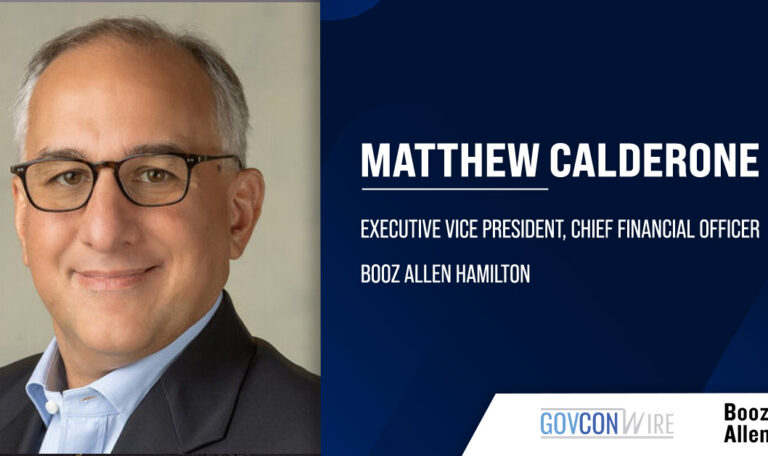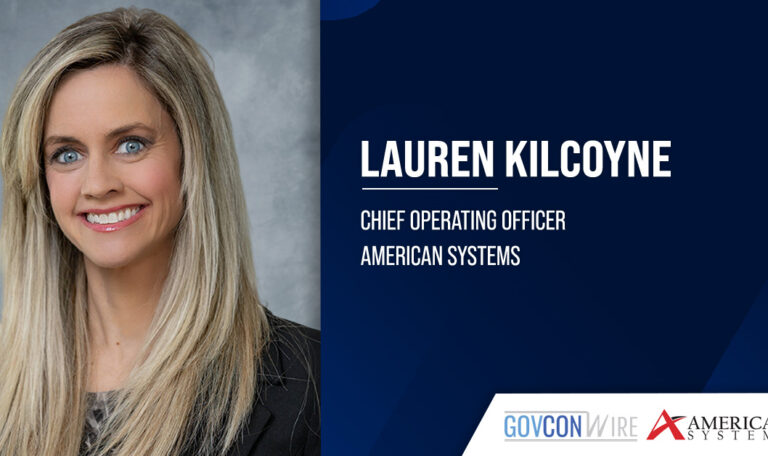By Chuck Brooks, President of Brooks Consulting International
Earlier this Summer, the Department of Homeland Security, through the Federal Emergency Management Agency and the Cybersecurity and Infrastructure Security Agency, announced more than $18.2 million in Tribal Cybersecurity Grant Program awards to assist tribal nations with managing and reducing systemic cyber risk and threats.
This action was overdue as Native Americans have long been at the forefront in contributions to U.S. national security. Native Americans have served in the U.S. military in every major conflict for 200 years, and at times at a higher rate than any other demographic. This is proportionally more than any other ethnic group and is the highest number of soldiers per person defending the homeland.
“Native Americans have not received enough public recognition for their support of national and homeland security. They have served in every major military conflict since the Revolutionary War. In the 20th century, more than 12,000 Native Americans served in World War I, and 10,000 Native women joined the Red Cross. During World War II, over 44,000 Native Americans – American Indians served, including 800 women,” according to the Department of State.

The Potomac Officers Club’s 2024 Homeland Security Summit is the national security-focused government contracting networking event of the year. Held just after the election, on Nov. 13, attend to hear insights from a slew of DHS officials about the latest priority areas in the field and how industry can help. Register now before tickets sell out!
Today, there are more than 24,000 indigenous American and Alaskan Native men and women on active duty, and more than 183,000 veterans identify as indigenous American or Alaska Native. Twenty-nine service members of Native American heritage have also been awarded the Medal of Honor for valor.
I am incredibly happy to hear about this development of grants and training by DHS. In 2016, I authored an article on the need for cybersecurity training for Native Americans. Below is a summary of it reprinted from Homeland Security Today and Indian Country News:
The Importance of Cybersecurity Training for Native Americans
“I remember attending an event at the Library of Congress several years ago when I was serving at the Department of Homeland Security that highlighted the contributions Native Americans have made to DHS. I came away extremely impressed by the dedication and capabilities of Native Americans who serve in law enforcement, and the vital role many are playing in securing our borders.
Unfortunately, Native American contributions to U.S. national security have been unheralded. The Navajo Code Talkers of World War II played an amazing role in helping the U.S. and its allies achieve victory in World War II. Today, over 22,000 Native Americans serve in the armed forces and have the highest per capita serving in the military of any ethnic group protecting the homeland.
At DHS, Native Americans continue this proud tradition of service. DHS maintains the Tribal Desk within the Office of Intergovernmental Affairs as the designated lead for tribal relations and consultation in the agency. U.S. Customs and Border Protection and FEMA have especially strong tribal partnerships. CBP works closely with Native American leaders to strengthen security along the nation’s Southwest and Northern borders, as many U.S. Border Patrol sectors encompass indigenous American land adjacent to these borders.
Cooperation between DHS and tribal police have also significantly impacted the security of our borders, especially in remote areas where drug smugglers and others illegally seek to enter the United States. Native American lands also contain many critical infrastructures such as dams, power transmission facilities, oil and gas fields, railroads and interstate highways that are potential terrorist targets. Ongoing programs and projects at DHS have been established to maximize cooperation between federal, state, local and tribal law enforcement to protect these vital infrastructure assets.
FEMA is engaged with Native Americans primarily to prepare for responding to emergencies. FEMA’s Center for Domestic Preparedness is active in training Native Americans from 23 tribes and 10 states in preparation for mass casualty responses to natural disasters. This training includes operating command center communications and medical and public healthcare operations. These realistic scenarios are also becoming part of online coursework and will no doubt improve protection of both people and land.
Past DHS Native American Initiatives
In 2010, DHS unveiled the Tribal and Coordination Plan, an initiative that calls for increased consultation and coordination with federally recognized tribes across the U.S. that builds on “current tribal partnerships to protect the safety and security of all people on tribal lands and throughout the nations.” Under the plan, DHS solicited feedback from all 564 federally-recognized tribes and hired a dedicated tribal liaison in the Office of Intergovernmental Affairs to serve as a pivotal point of contact for tribal governments and coordinate the work of the tribal liaisons across the department.
The initiative also called for dedicating staff resources to tribal engagement and enhancing training for DHS tribal liaisons and other employees that regularly engage tribal governments and representatives; incorporating tribal public safety and law enforcement agencies into state and local fusion centers; development of a Tribal Resource Guide for tribal leadership that highlights pertinent DHS programs and initiatives; and collaboration with tribal governments in the development of DHS policies that have tribal implications. In addition, the plan calls for working across the federal government to formalize a “one stop shop” for tribal governments for emergency management mitigation, planning, response and recovery efforts.
DHS’ Tribal and Coordination Plan is a great foundation to expand on the cooperation with Native American tribes. For example, with a major shortage of skilled cybersecurity workers at DHS as the department’s mandate is increasing in scope and responsibilities, it would be great if Congress and DHS made a considerable effort to cultivate the next generation of cybersecurity experts from many of the economically depressed areas within the Indian tribes.
Investment by government, industry and academia to train Native Americans in an accelerated cybersecurity curriculum, combined with real-world experience via internships and fellowships, would yield high dividends for America’s cyber readiness. Further engagement of Native American tribal partners that have a strong, proven heritage of dedication and service could be a blessing for the future of homeland security.”
The grant programs are important because the majority of people who live on tribal land are not getting the education and training they need to take advantage of chances in the new digital economy. There is so much untapped talent.
The State of Tribal Outreach Today
Less than a decade later I am excited to see that some of my proposals have come to fruition in rewarding Native Americans for their service and helping prepare and train them to work in digital security as part of the cyber workforce. The Tribal Cybersecurity Grant Program hopefully will make a substantial difference.
“In addition to helping Tribal governments address cybersecurity risks and threats to their information systems, TCGP is enabling DHS to provide targeted cybersecurity resources that will improve the security of critical infrastructure and resilience of the services that Tribal governments provide to their members,” according to CISA.
“DHS respects the sovereignty and self-determination of Tribal governments and recognizes the intent of Congress to provide flexibility to Tribal governments to meet cybersecurity needs across Indian Country through the TCGP. The framework of the program was made as a result of nation-to-nation consultations with tribal representatives across the country and is intended to support tribal cybersecurity resiliency,” the agency said.
Many benefits can also accrue from the government, businesses and universities investing in the cybersecurity grant program for Native Americans. Government departments like DHS and the Department of Defense, are looking to hire qualified cybersecurity professionals and analysts. Bringing these Native Americans into the digital economy will only take a coordinated effort and investments in people. This will also improve the safety readiness of both the government and businesses.
What Industry Can Do to Help
The private sector can also contribute to this initiative. Companies like Google, Dell, Microsoft, Samsung, Apple and many more could give computers to indigenous American country schools and job training centers. Many groups, including universities, colleges, associations, foundations, and companies, could also help by using the right technology. Individualized classes—run in-person or online—could make this possible. Additionally, separate groups could help make the courses needed to get certificates and even degrees in both cybersecurity and data analytics. Additionally, the government could support this work by giving money, internships, fellowships, and security training.
By working together and sharing ideas and resources, making a digital job path for Native Americans will be a project that benefits many.









